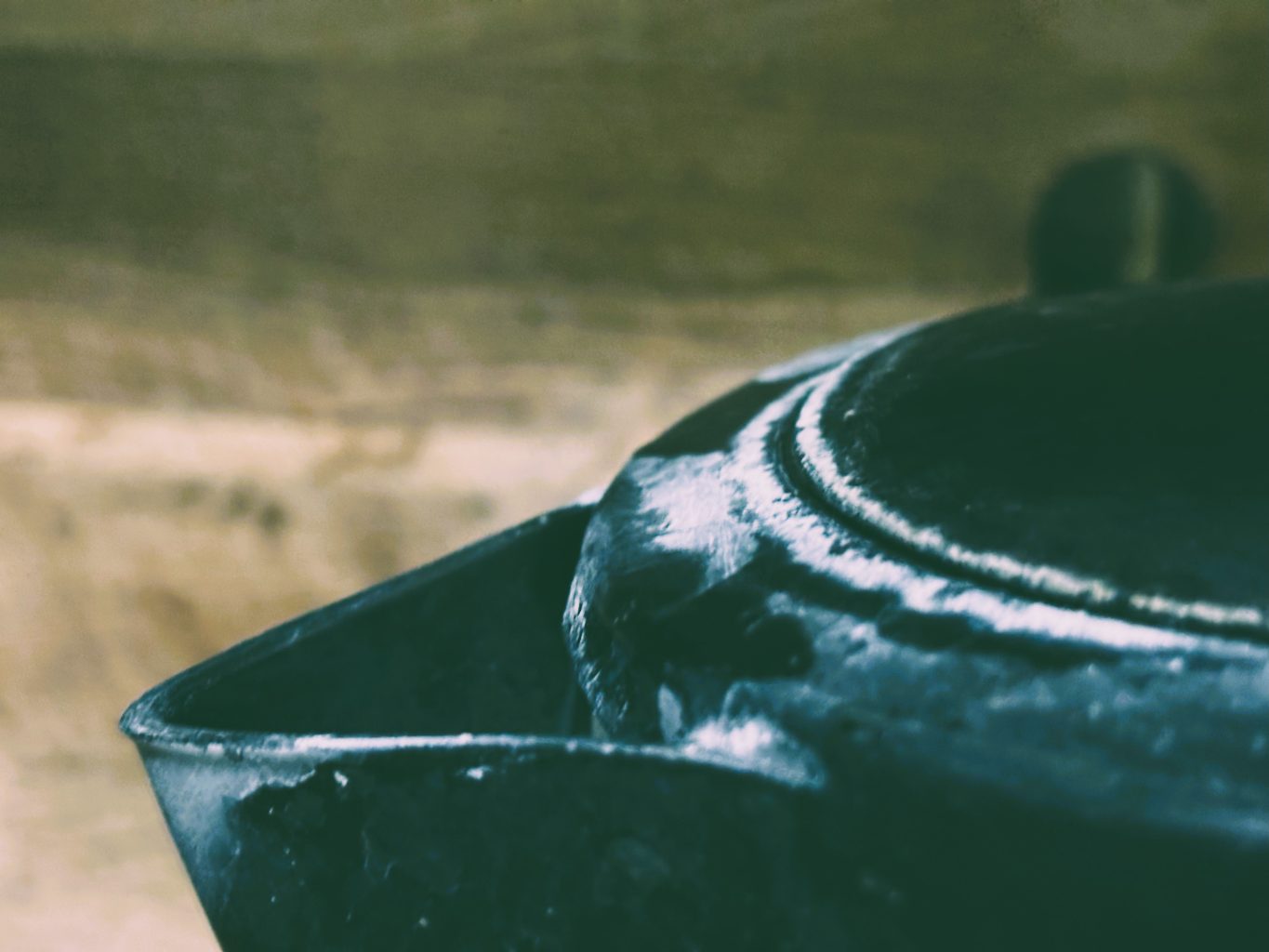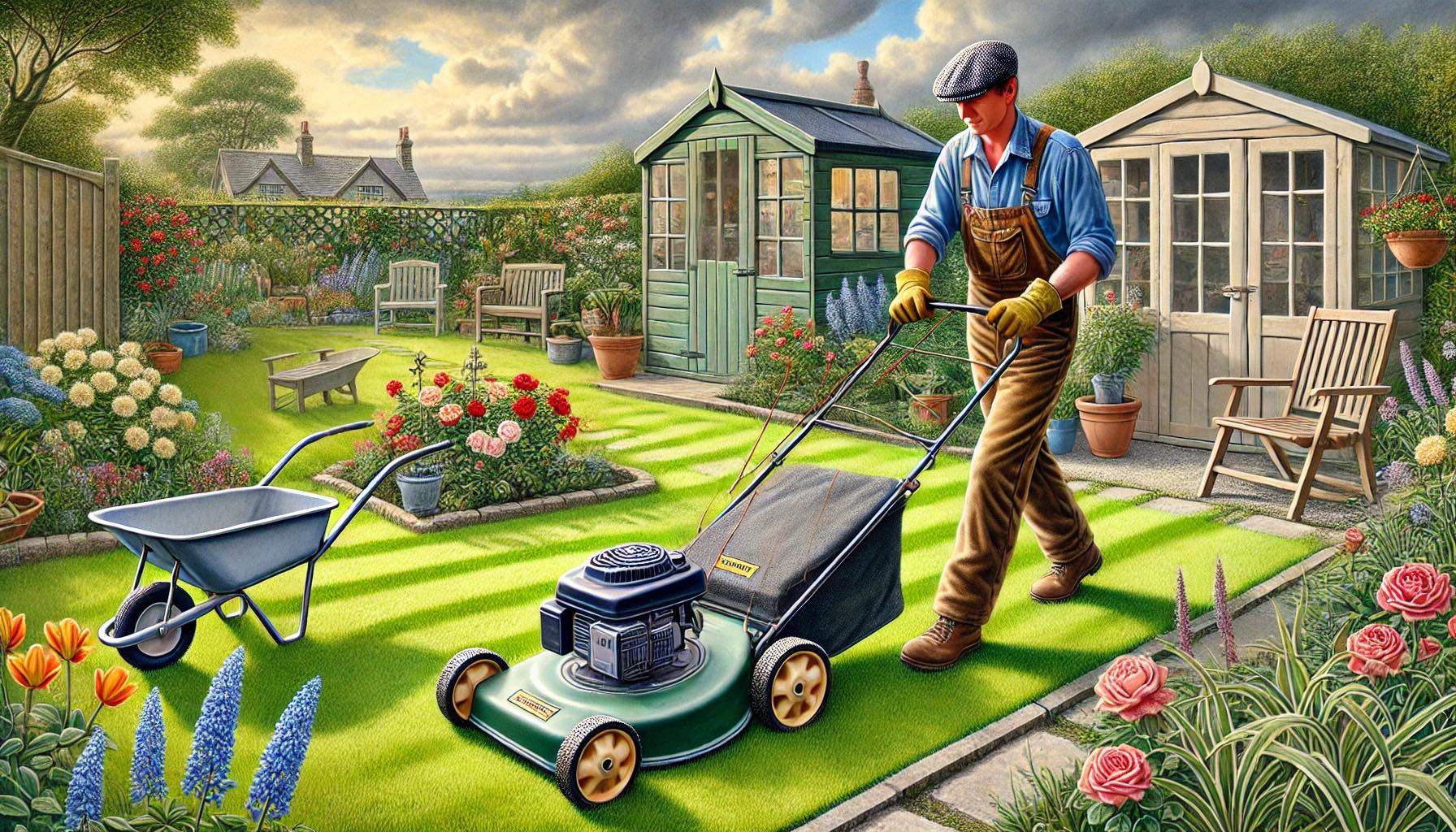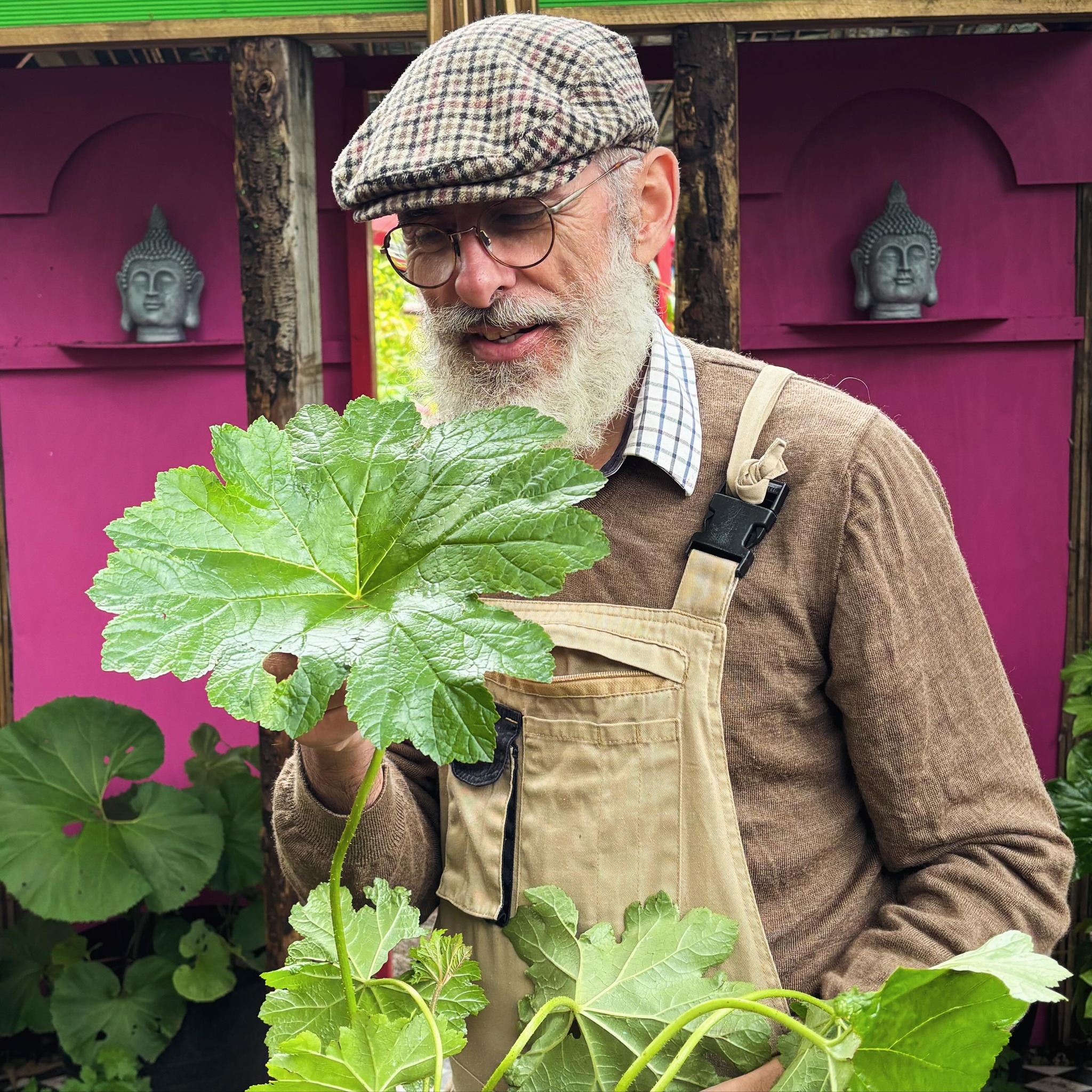Welcome to Local Gardener.
In this episode we steep your curiosity in the rich culture and history of tea. Today we’re exploring the different types of tea plants, their fascinating history, and the big question: Can you grow and drink your own tea in the UK? Grab your favorite mug and let’s dive in.
The Origins and History of Tea
Tea’s history goes back over 5,000 years, beginning in China with the legendary Emperor Shen Nong. From there, tea spread across Asia and eventually to the rest of the world. By the 17th century, tea had reached Europe and quickly became a beloved beverage, especially in Britain. The East India Company played a key role in making tea a staple of British life, and by the 18th century, tea was everywhere, from high society to common households.
But, what many people don’t know is that all true tea comes from one plant: Camellia sinensis. This single plant gives us a wide variety of teas, and we’ll talk about those in just a moment.
The Types of Tea and the Tea Plant
All true tea comes from the Camellia sinensis plant, but how the leaves are processed gives us the different types of tea. Let’s go through them:
• White tea is the least processed, made from young buds. It has a light, floral flavor.
• Green tea is slightly more processed, giving it a grassy, fresh taste.
• Oolong tea undergoes partial oxidation, sitting between green and black tea in terms of flavor and strength.
• Black tea is fully oxidized, which gives it a rich, bold taste.
• Pu-erh tea is fermented, producing deep, earthy notes.Each of these teas starts with the same plant but is crafted through different methods of withering, rolling, and oxidizing the leaves. It’s the artistry of processing that creates the flavors we know and love.”
Can You Grow Tea in the UK?
So, can you grow tea in the UK? The answer is yes! While the UK’s cooler climate isn’t ideal for all plants, tea is surprisingly hardy, especially the Camellia sinensis var. sinensis, which can tolerate cooler conditions. A great example of this is Tregothnan estate in Cornwall, which has been growing tea commercially since the 1990s.
If you want to grow your own tea at home, here’s what you need to know:
1. Location: Tea plants thrive in acidic, well-drained soil. They prefer a spot with partial sun, ideally sheltered from harsh winds.
2. Watering: Tea likes moisture but hates soggy roots, so make sure to water consistently without overwatering.
3. Temperature: Though tea plants are frost-tolerant, it’s best to protect them in colder months, either by mulching heavily or growing them in pots that can be moved indoors or into a greenhouse during winter.If you’re patient and provide the right care, within a few years, your tea plant will produce leaves that can be harvested for tea. But once you’ve grown the plant, how do you make tea from it?”
Can You Drink Homegrown Tea, and How to Process It
The good news is, yes, you can absolutely drink tea made from your own homegrown plant! Here’s how you turn those fresh tea leaves into something ready to steep in your mug:
1. Harvest: Begin by picking the youngest leaves and buds from the top of the plant — these are the most tender and produce the best flavor.
2. Wither the Leaves: Lay the leaves out on a tray or clean cloth in a cool, shady area for 12 to 24 hours. This step removes excess moisture and softens the leaves, preparing them for rolling.
3. Roll the Leaves: Gently roll the withered leaves between your hands or on a surface to bruise them, which helps release their natural oils. The amount of rolling depends on what kind of tea you want to make:
• For green tea, roll lightly to keep the oxidation minimal.
• For black tea, roll more vigorously to promote full oxidation.
4. Oxidation: Let the rolled leaves sit for a few more hours. The longer the leaves are left, the darker and richer they’ll become. For green tea, you’ll want to skip most of this step and move on to drying quickly.
5. Drying: To stop oxidation and preserve the tea, you’ll need to dry the leaves. You can do this by spreading them on a baking sheet and drying them in an oven at a low temperature (about 90°C) for 20 minutes, or air-drying them for a few days in a dry, cool place.
6. Storing: Once the leaves are completely dry and crispy, store them in an airtight container away from light and moisture. Your homemade tea is now ready to brew!”
That’s the basic process, and it’s really an art that you can experiment with over time. Each batch might be a little different, and that’s the fun of it — making your very own tea blend, grown and processed in your own garden.
Brewing Your Homemade Tea
Now that you’ve grown and processed your tea leaves, let’s talk about brewing. The key to a good cup of tea, especially with homegrown leaves, is water temperature and steeping time. Here’s a quick guide:
• For green tea, use water at around 70-80°C and steep for 2-3 minutes.
• For black tea, use boiling water (100°C) and steep for 3-5 minutes.
• For white tea, keep the water at 70-80°C, and steep for about 4-5 minutes.Taste as you go, and adjust based on how strong or mild you like your tea.”
Segment 6: Final Thoughts
Host:
Growing your own tea is an exciting journey that connects you directly to a tradition thousands of years old. From tending the plants to processing and brewing the leaves, you can enjoy the fruits — or rather, leaves — of your labor in every cup.
That wraps up today’s episode. We hope you enjoyed this journey into the world of tea, and perhaps feel inspired to grow some of your own right here in the UK. Join us next time as we explore another fascinating story of plant culture. Until then, keep steeping, sipping, and discovering




